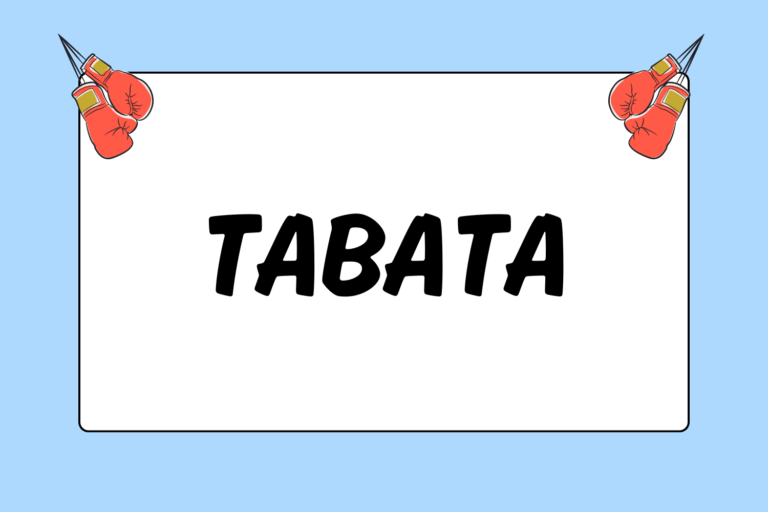Anyone who has boxing experience can probably confirm the considerable power of the punch referred to (interchangeably) as the cross or straight. For most boxers, this punch delivers force rarely matched by other punches in their arsenal. The cross, the hook and the uppercut, make up the basic power punches.
This guide will assist boxers who want to improve their technique and usage of the cross, a punch that has loads of potential in the ring. That potential comes from its sheer power, its ability to act as a counterpunch or lead punch, and the fact that it can come within a furious combination.
How to Throw the Cross
In order to throw the cross, a boxer must be familiar with its mechanics. The first step to correctly throwing any punch begins with the use of a stance that allows quick and powerful movement. Once in a stance permitting fluid movement, a boxer can practice the cross.
The cross is thrown by the rear hand. The punch’s name comes from the fact that it literally crosses the body in a straight line prior to contact with the target. Crossing the body takes slightly more time, but generates more power along the way. Some of the power derives from pushing off of the rear foot. In addition to the initial push by the back foot, the boxer’s rear hip thrusts forward, generating a great deal of force. Thrusting the rear hip is absolutely necessary in order to generate the maximum amount of force. A boxer’s weight should noticeably shift to the front foot as the hip rotates forward.
The rear shoulder should be snug against the chin for protection when the fist contacts the target. The arm should be fully extended with the thumb facing inward. Twisting the fist at the end of the punch enables some additional snap. Although the rear leg still lags behind the front leg, the hips should be square to the target. Lastly, the heel of the rear foot should be lifted onto the toes twice as high as the lift required in a relaxed stance. The lifted heel results from the push required of the back foot when throwing the cross.
A boxer needs to recoil his body to its original position as quickly as possible after throwing the cross. Follow the same guideline for all punches, for the longer a punch stays extended, the longer the opponent has to counter punch at openings on the boxer’s body and head.
Uses of the Cross
The cross has the ability to land as a counterpunch, within a combination, or as a lead punch. The usage depends upon the openings provided by the opponent and the goal of the punch. A counterpunch acts as a response to incoming punches. Combinations overwhelm the opponent. The cross as a lead punch surprises the opponent.
Counterpunch
Throwing a punch causes a momentary lack of defense and opens up targets that otherwise would not exist. With proper head movement and defense, a skilled boxer can take advantage of the openings when his opponent throws a punch.
The cross is a great punch to throw in response to incoming punches. When two orthodox fighters are boxing, a great counterpunch for an incoming jab is a right cross over or under the jabbing arm of the opponent. When an orthodox fighter boxes a southpaw, he can lean outside of the incoming jab while landing a devastating right on the opponent. This punch can be landed on the body or head. Orthodox fighters fighting other orthodox fighters can also avoid an incoming hook by rolling underneath and responding with a cross. These are just a few simple examples of some simple counters that are possible with the cross.
Combinations
The cross is the first punch introduced after the jab. The jab-cross combination is the simplest, yet most effective combination in all of boxing. Knockout artists all over the world utilize their jab to set up a devastating cross. In fact, the cross is employed in a large amount of combinations. Each punch is assigned a number in order to simplify combination terminology. Within any combination the cross is referred to as “two.”
Lead Punch
Boxers often exercise the cross in order to catch an opponent off guard. Most opponents will be thrown off by an incoming cross without a jab in front of it. This “lead cross” can be thrown alone or can be thrown to initiate a combination. This lead maneuver works best when completed by an orthodox fighter against a southpaw, or vice versa.
Fear Not!
Many boxers throw the cross timidly when they first begin sparring. The rotation of the body can feel somewhat unnatural for beginning boxers. Essentially, they feel exposed when throwing the cross.
It is important not to be timid when throwing this punch. Boxers of all levels need to be assertive with it. This is accomplished by using the rear leg and hip to make the punch quick and explosive. Exposure can be limited by tucking the chin to the shoulder, pulling back the hand, and rotating the torso as soon as possible after the punch lands. The cross is an essential power punch with the ability to change a fight when landed with confidence. So throw it with confidence!





